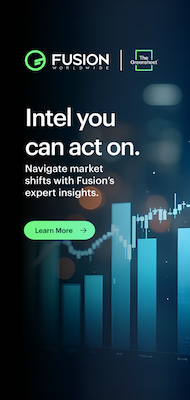Electronics Production |
iSuppli Upgrades Near-Term DRAM Market Rating to Neutral
Amid improving pricing and demand, iSuppli Corp. has upgraded its assessment of near-term DRAM market conditions for suppliers to "neutral," up from the "negative" rating it has maintained since April.
OEM contract pricing for Double Data Rate 2 (DDR2) Synchronous DRAM (SDRAM) in July dropped marginally, and now stands at slightly less than $40, as iSuppli predicted. With the back-to-school purchasing season for PC OEMs having begun, demand for DDR2 is on the rise. Meanwhile, DRAM
suppliers have slowed their production increases.
Due to these supply and demand factors, pricing has stabilized, ending a decline that had been ongoing since May.
"DRAM market fundamentals now are very sound, with supply and demand in a state of balance," said Nam Hyung Kim, director and principal analyst for iSuppli.
"Market conditions will improve again in August after Intel Corp. and Advanced Micro Devices Inc. (AMD) reduce pricing for their PC microprocessors in late July," Kim added. "This will increase available budgets in PCs for memory, boosting DDR2 demand."
Looking further into the future, the arrival of Microsoft Corp.'s new Vista operating system, expected to be introduced in the first quarter of 2007, and AMD's adoption of DDR2 as a memory for its microprocessors, will further increase DDR2 demand.
Looking at the NAND flash memory market, presently weak conditions are set to change markedly, as Apple Computer Inc. and Sony Corp. begin to ramp up production of MP3 players for the holiday season. Just as Apple drove the NAND market into a state of shortage in the second half of
2005, when it gobbled up all available parts for use in its iPod nano MP3 player, Apple and Sony will drive market conditions during the last six months of the year.
Sony will become another key NAND buyer with its rich line of consumer products such as MP3 players and game consoles. Sony is expected to employ high-density NAND flash in its upcoming PlayStation Portable 2 (PSP2) and Personal Media Player (PMP) products in the second half of
2006.
Assuming that Apple and Sony successfully introduce their planned products, 41 percent of global NAND supply will be consumed by the two companies in the fourth quarter, iSuppli estimates. Thus, any moves these companies make will have a dramatic impact on the NAND flash supply/demand situation in the second half of the year.
However, there are unconfirmed rumors that Apple may delay the launch of its next-generation iPod nano. This has depressed NAND spot prices in recent times. Apple's next iPod nano is believed to be a NAND-flash-based PMP.
Sony also is expected to introduce a flash-based PMP, as well as its PSP2, which will have as much as 8 to 10Gbytes of NAND per system.
Any potential delay in new product launches from these two companies will blow away the supply/demand balance in the NAND market, and will spur significant oversupply and price declines. However, if Apple and Sony successfully roll out their products, this will lead to improved
demand and pricing conditions for NAND suppliers. Thus, the timing of the Apple and Sony product introductions will be critical to determining the degree that demand and pricing will improve.
Given this uncertainty, the presently weak demand and the memory's dependence on sales to just a few products, the NAND market appears to hold greater risk for suppliers than the DRAM segment now does. Because of this, iSuppli is maintaining the "neutral" rating on the NAND market
it has held since June, until demand from the new MP3 and PMP products materializes. Until this demand arises, caution is the watchword for the NAND market.



